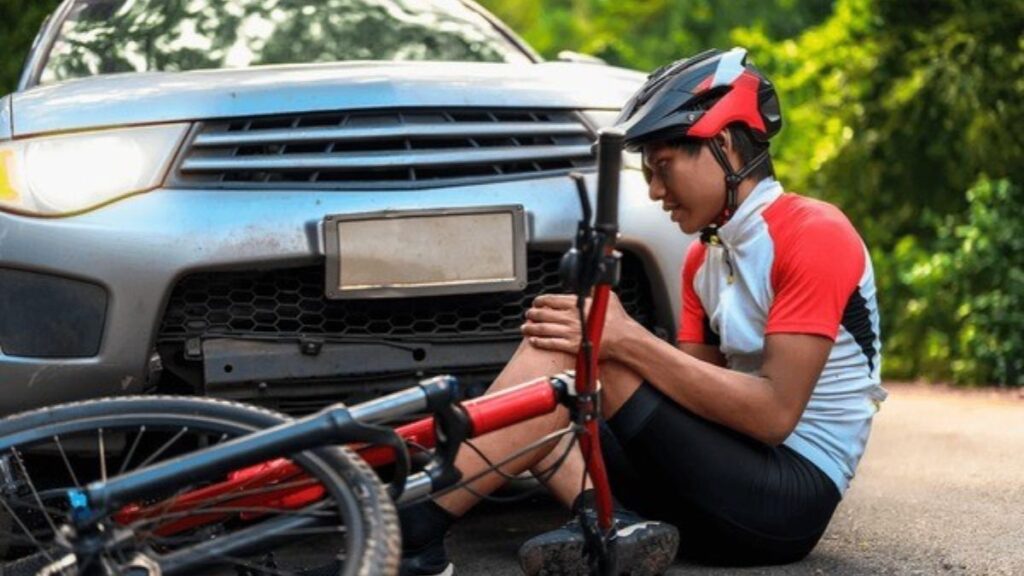Orange County is a cyclist’s paradox. On the one hand, you have sunshine, scenic routes, and growing interest in sustainable commuting. On the other hand, you’ve got congested intersections, impatient drivers, and some of the highest cyclist injury rates in Southern California.
From coastal trails in Huntington Beach to crowded streets in Santa Ana and Anaheim, cycling in Orange County means constantly navigating between beauty and danger. This makes urban cycling less about just staying fit or going green, and more about knowing how to survive traffic with your bike and your body intact.
As city cycling becomes the preferred mode of transportation for many people seeking to avoid traffic and reduce their carbon footprint, the risk of accidents has also increased. And if the worst does happen, talking to an Orange County bicycle accident attorney significantly increases your chances of being fairly compensated by the ones who hit you.
But before that, let’s go over some of the means to stay safe while cycling in an urban area.
Choose the Right Bike
Not every bike is made for city traffic, so you want something that can handle tight corners, unexpected stops, and uneven pavement. Hybrid and commuter bikes are great for this because they’re designed for city riding, offering both agility and comfort. Some people say they’re the urban SUVs of bicycles because they are rugged, dependable, and built for quick maneuvers.
What many people don’t realize is the significant role fitness plays in staying safe. If your bike’s too small or too big, you won’t have the control you need to react quickly to sudden obstacles.
A professional bike fitting might seem like a luxury, but when you consider the risks, it’s more of a necessity.
Wear the Right Gear Always
There’s a big gap between looking cool and staying alive, and in urban cycling, you want to lean hard toward the latter. You need a helmet, of course, and not just any helmet.
You need one that meets safety standards and fits snugly without wobbling. One that covers your forehead and stays in place even if you shake your head. Statistically, it reduces head injuries by around 85%.
You also need gloves that can protect your hands during a fall and help you grip better when your palms get sweaty or wet. Reflective gear, such as ankle bands, jackets, or even tape on your bike, can turn you into a flashing beacon for drivers who’d otherwise miss you entirely. Especially during dawn or dusk, when shadows play tricks, being visible is your best defense.
Understand Urban Traffic Laws
You wouldn’t get behind the wheel of a car without knowing how stop signs work. The same logic applies to bikes. Cyclists are considered vehicles in most urban areas, including Orange County, which means you’re expected to follow the same rules as cars. That means stopping at red lights, yielding to pedestrians, and signaling before making a turn.
And when it comes to signaling, don’t just wave vaguely. Make it obvious. Left arm out means left turn and left arm bent up means right turn. Left arm down means stop. This is the language of the road. If a driver doesn’t know what you’re about to do, they can’t adjust.
At intersections, make eye contact with drivers. Don’t assume they see you because people get distracted, especially behind the wheel. If they nod or wave you through, then you know you’re on the same page. Otherwise, proceed with caution, not confidence.
Practice Visibility With Every Ride
Urban cyclists need to assume one thing: drivers aren’t always looking for you. Most drivers are scanning for cars, not bikes. That’s why visibility is such a crucial piece of urban cycling. Your front and rear lights should always be on, even during the day. A white front light should be visible from 500 feet, and your red rear light from 600 feet.
Your clothing should revolve around neon vests, reflective stripes, and bright colors. Subtle colors and quiet outfits are for brunch, not biking. Ride in a position that keeps you seen, and don’t cling to the edge of the road if it puts you in a driver’s blind spot.
If you’ve ever ridden beside a truck or a bus, you know how terrifying it is when they don’t see you. Their blind spots are massive. If you can’t see the driver in their mirror, they can’t see you either, so stay visible.







